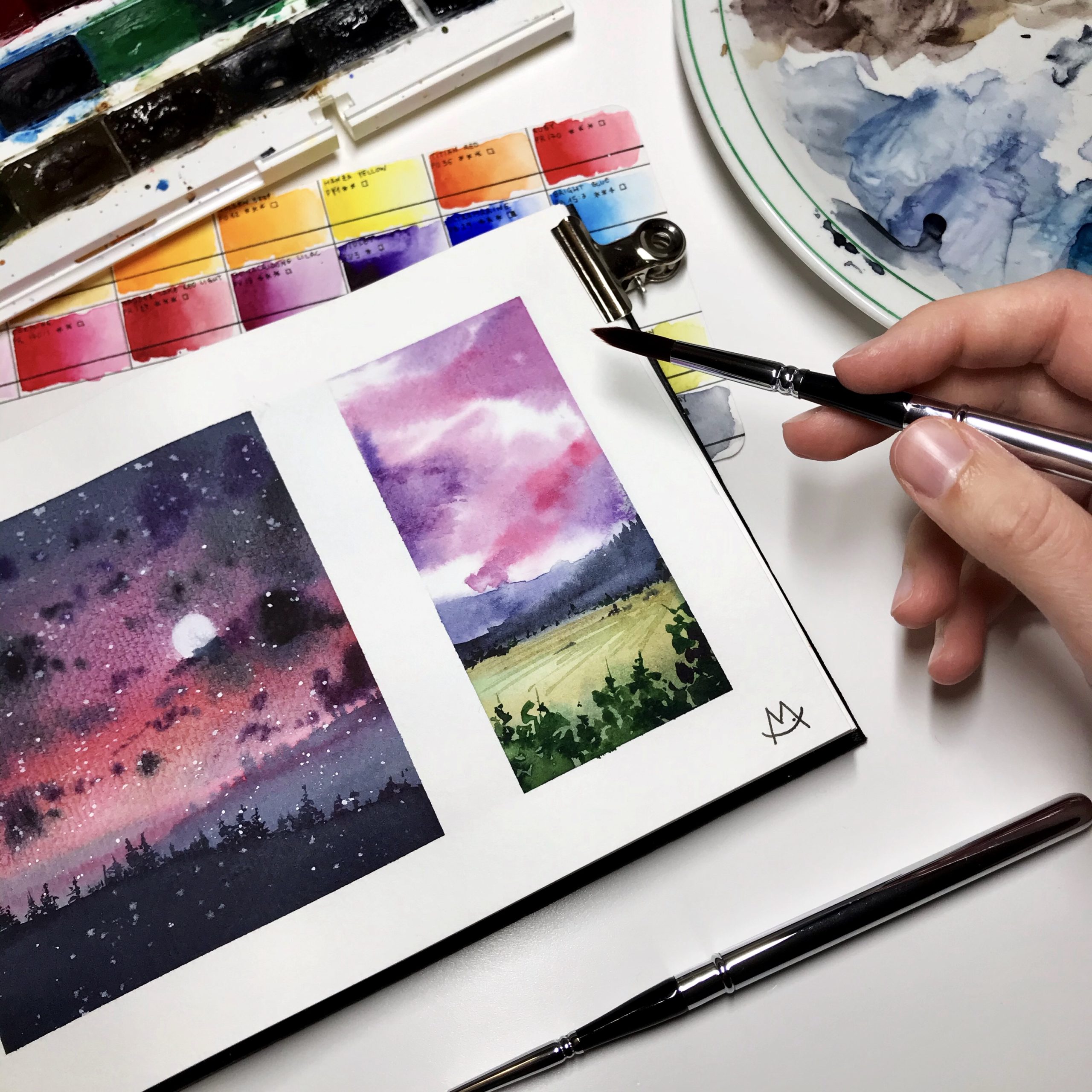

When using the tool this way, it will only erase the selected color. Normally with the Eraser tool, you would click and drag across the image to erase. Then, choose the Eraser tool from the tool tab. Now go back and choose the color of a “layer” you would like to remove once you’re done with it. You can limit paint to interacting with only one color.įor example, you can limit the eraser tool to only work on the red line. Just make sure to choose a different color every time.īy using a different color, you’ve created a “layer” of sorts. Make the next pass over your sketch in this new color.

Next, choose a different color for your brush. Note: I am not a sketch artist so this is what you get for the example! Step 2: Create a New “Layer” You can change the color of your brush by clicking on the color squares in the tool panel at the top of the workspace. If the there is an active selection already in the document, any areas of that selection that fall within the new selection will be removed from the selection, while the other areas will remain selected.Lay down your initial sketch in any color except black. Invert ("xor): This setting works like the Intersect setting in reverse.If there is an active selection, only the areas that fall within both the active selection and the new selection will be selected. Otherwise, the selection will disappear as soon as the mouse button is released. Intersect: This setting will only function if there is an existing active selection in the document.Subtract: This option does the opposite of Add (union) mode, so it can be used to fine tune a selection by removing areas that have been accidentally included within the selected area.Zooming in and drawing small selections is generally easier and more accurate than trying to draw a selection in one go. This mode can be used to draw lots of small selections that will slowly combine to form a larger, more complex selection. Add (union): Any existing selections will remain active along with a newly drawn selection.


 0 kommentar(er)
0 kommentar(er)
